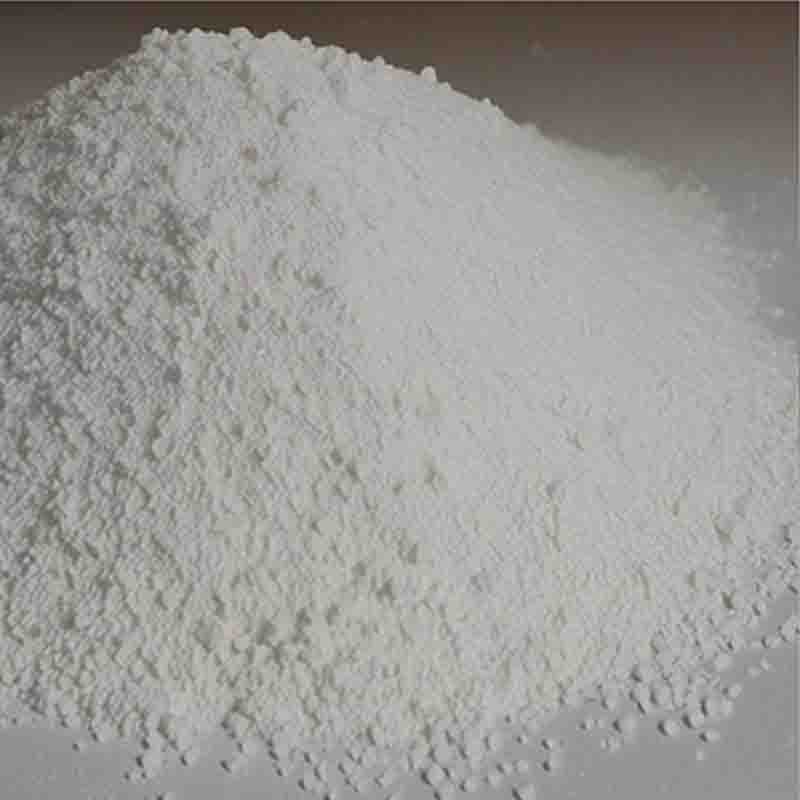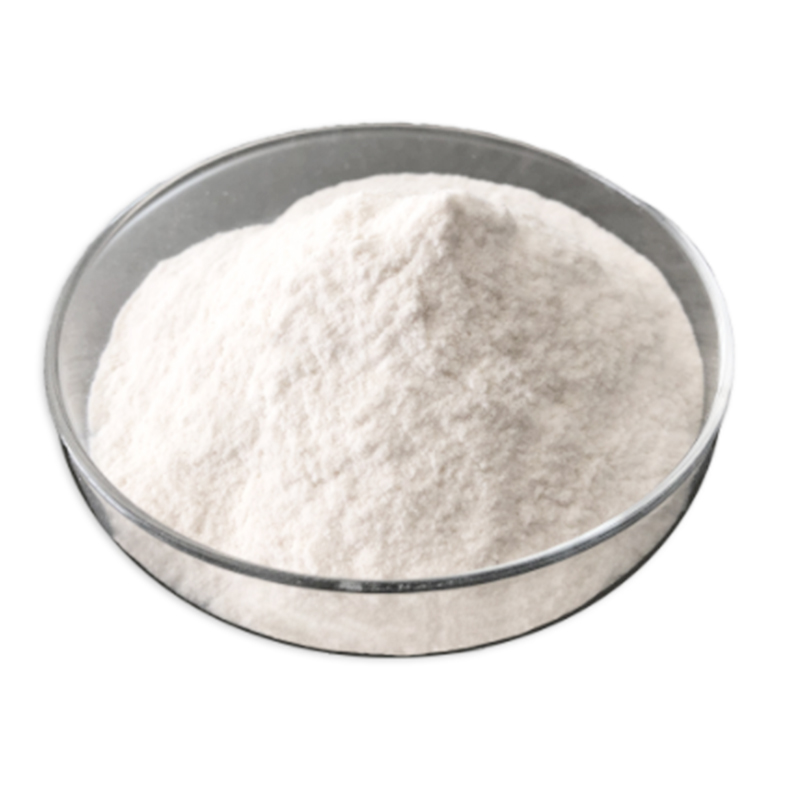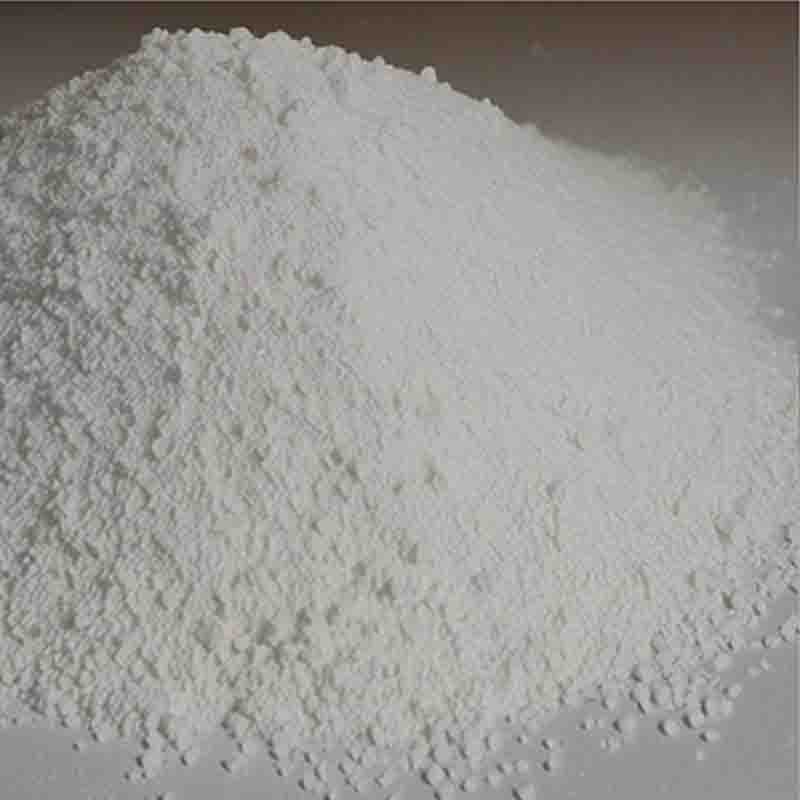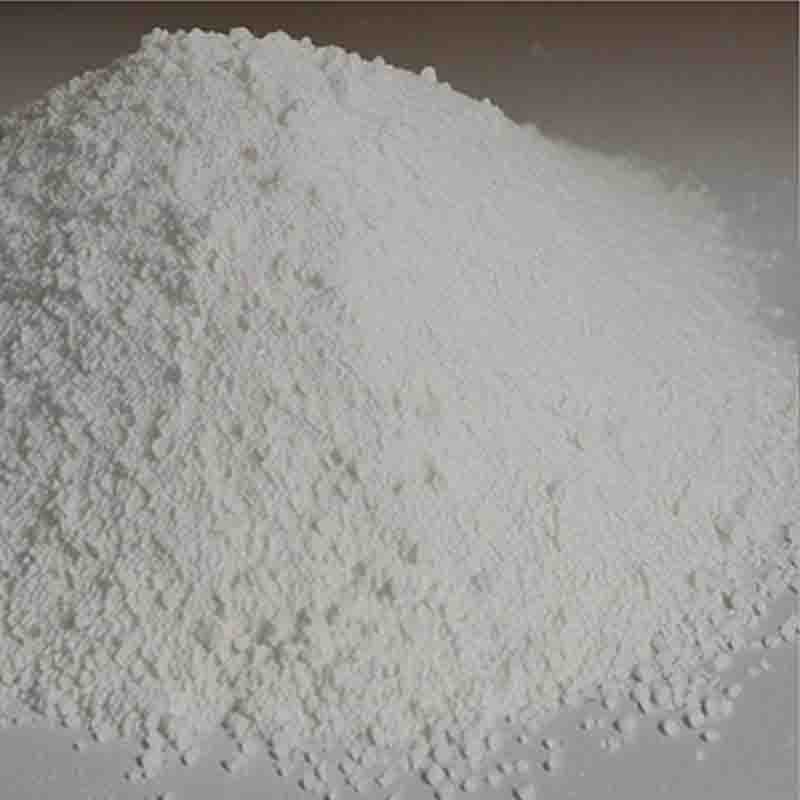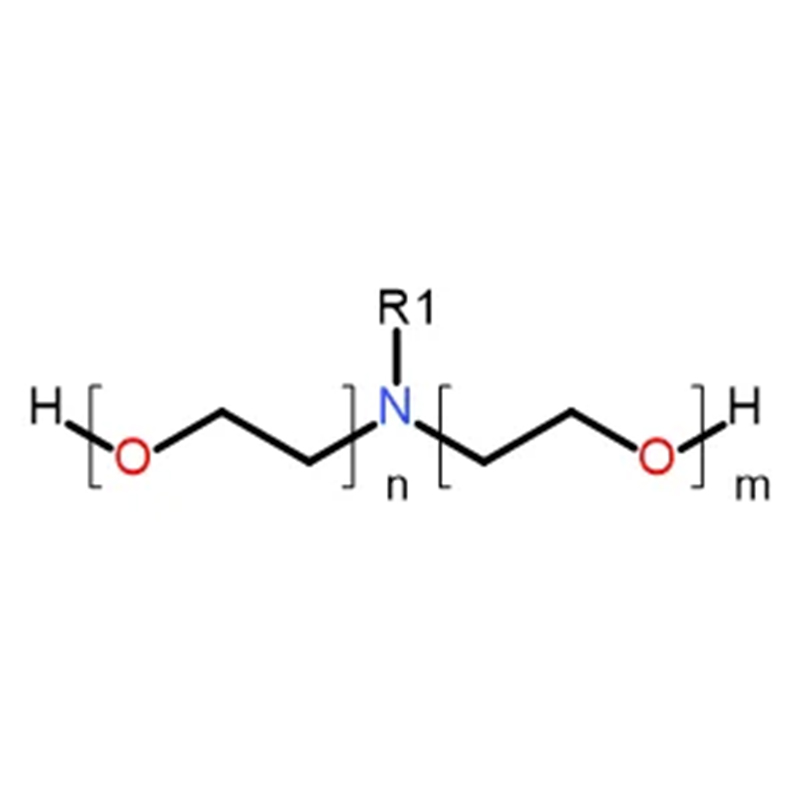Ethyl 2-(4-hydroxyphenyl)-4-methylthiazole-5-carboxylate CAS: 161797-99-5
| Catalog Number | XD94095 |
| Product Name | Ethyl 2-(4-hydroxyphenyl)-4-methylthiazole-5-carboxylate |
| CAS | 161797-99-5 |
| Molecular Formula | C13H13NO3S |
| Molecular Weight | 263.31 |
| Storage Details | Ambient |
Product Specification
| Appearance | White powder |
| Assay | 99% min |
Ethyl 2-(4-hydroxyphenyl)-4-methylthiazole-5-carboxylate, often referred to as ETM, is a chemical compound with various potential applications in the fields of pharmacology, pharmaceutical synthesis, and drug development.ETM is primarily used as a building block or intermediate for the synthesis of other compounds, particularly in medicinal chemistry. Its unique chemical structure, characterized by the presence of a thiazole ring combined with a hydroxyphenyl and ester functional group, makes it a valuable starting material for the production of diverse drugs.One significant application of ETM is its potential as a non-steroidal anti-inflammatory drug (NSAID). This compound's structure incorporates key elements required for the development of potent anti-inflammatory agents. By modifying the ethyl ester and hydroxyphenyl moieties, chemists can generate derivatives with improved therapeutic properties, such as increased efficacy or reduced side effects.Additionally, ETM-derived compounds have shown potential in the treatment of various diseases and conditions. For example, research has explored their use as anticancer agents due to their ability to inhibit specific enzymes or receptors involved in tumor growth. ETM derivatives have also displayed promising antibacterial and antifungal activities, making them candidates for developing new antimicrobial drugs.In addition to their direct therapeutic applications, ETM-based compounds can serve as important tools in drug discovery and development. Pharmaceutics researchers often employ ETM in structure-activity relationship (SAR) studies to explore the relationship between a compound's structure and its biological activity. By modifying different regions of the ETM molecule, scientists can evaluate the impact of these changes on the compound's pharmacological properties.It is essential to highlight that the precise use and potential applications of ETM derivatives will depend on the specific modifications made during synthesis and the intended therapeutic targets. The dosage, administration, and formulation of drugs derived from ETM will be determined by regulatory authorities and healthcare professionals based on rigorous testing and evaluation.In conclusion, Ethyl 2-(4-hydroxyphenyl)-4-methylthiazole-5-carboxylate (ETM) is a versatile compound utilized in pharmaceutical synthesis, drug development, and medicinal chemistry. Its unique chemical structure allows for the creation of diverse derivatives with potential therapeutic applications, such as anti-inflammatory, anticancer, antibacterial, and antifungal properties. Moreover, ETM serves as a valuable tool in the exploration of structure-activity relationships, aiding in the discovery and optimization of novel drug candidates. However, it is crucial to note that the specific use and development of ETM-based compounds require further research, testing, and regulatory approval to ensure their safety and efficacy.


